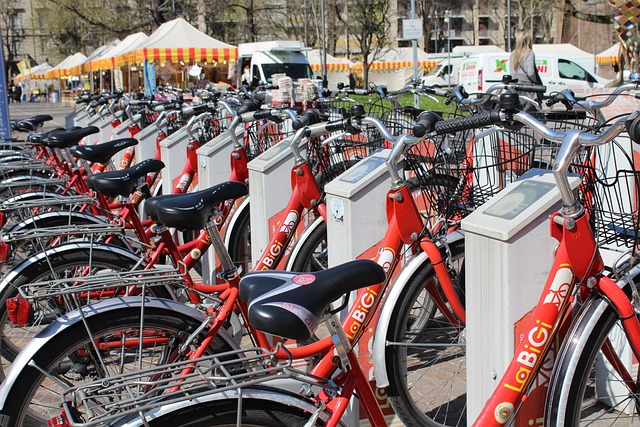In an era where the impacts of climate change and environmental degradation are more pronounced than ever, the interconnections between transport sustainability, rural development, and biodiversity conservation have gained significant prominence. The essence of biodiversity conservation extends beyond the mere protection of various species; it embodies the holistic health of ecosystems, which provide invaluable services to humanity. By driving initiatives that foster sustainable transport, we can create a ripple effect that nurtures both our rural communities and the rich biodiversity they harbor.
Transport sustainability is the cornerstone of reducing carbon footprints. It involves developing systems that prioritize non-polluting modes of transport such as cycling, walking, and public transit, while also integrating electric vehicles into the mix. The benefits are manifold. Sustainable transport reduces greenhouse gas emissions, minimizes traffic congestion, and enhances air quality. But perhaps most importantly, it creates opportunities for rural development. By improving access to remote areas, enhanced transport options open up markets for local farmers, artisans, and entrepreneurs, allowing them to thrive without compromising their natural environment.
When we look toward rural development, we see vibrant communities rich in culture and biodiversity. However, these areas often face challenges, including limited access to markets and services. Investing in green transport infrastructure can facilitate better connectivity, enabling rural economies to flourish while fostering a deeper appreciation for the natural habitat. For example, eco-friendly roads can lessen habitat fragmentation, allowing wildlife corridors to thrive, while renewable energy-based public transport can ensure that both people and nature flourish.
The integration of biodiversity conservation into transport planning is paramount. Any transport project should assess its potential ecological impact, ensuring that it does not disrupt vital habitats. Conservation initiatives must work hand in hand with transport developments to ensure that rural landscapes are preserved and enhanced. A collaborative approach enables stakeholders—from policymakers to local communities—to address concerns and implement solutions that support both ecological integrity and community development.
Moreover, raising awareness about the importance of biodiversity in rural settings can empower local communities. Through education and engagement, residents can become stewards of their environments, understanding that sustainable practices and responsible transport choices directly affect their livelihoods and the rich biodiversity surrounding them. Workshops, community events, and partnerships with environmental organizations can offer tools and resources to inspire action.
As we drive towards a sustainable future, the integration of transport systems with rural development strategies must prioritize biodiversity conservation. By creatively aligning these elements, society can support vibrant ecosystems and resilient communities. Every initiative, every policy shift, and every investment we make towards this integrated model lays the groundwork for a sustainable future that resonates with both nature and humanity.




